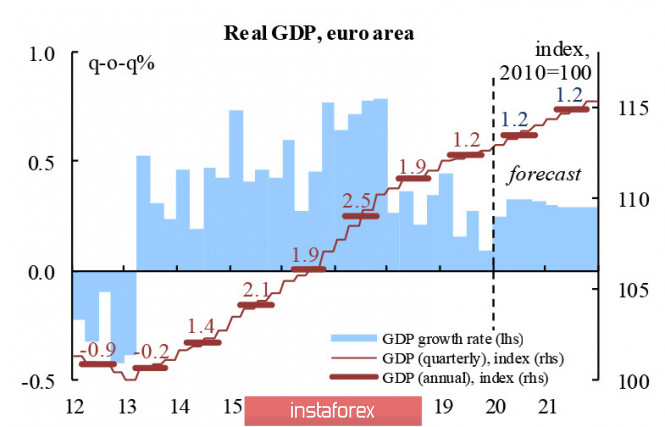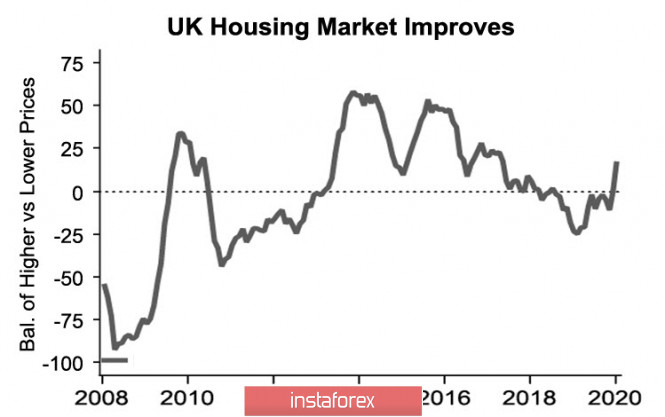Despite the fact that inflation growth in January was slightly higher than forecasts, stock markets closed in the red zone, as inflation data are not regarded as significant at the moment. On the other hand, the threat of coronavirus leads to an increase in deflationary risks, and they are currently considered the main ones.
Today, data on import and export prices in January, a report on industrial production and consumer confidence index from the University of Michigan will be published. Forecasts are neutral, while the dollar is losing internal momentum for growth.
On the other hand, the sudden outbreak in the Covid-19's disease statistics led to a short-term increase in panic, but markets calmed down after a clarification from WHO, so there may be attempts to increase commodity currencies and a general decrease in the demand for protective assets. Oil, in turn, will be traded with a slight increase, gold will remain in the lateral range, and demand for the yen will decline.
EUR/USD
The euro came close to a 3-year low, with no obvious reason for such a massive decline.
The European Commission has maintained its forecast for growth in the eurozone at 1.2% for 2020 and 2021, that is, the threat of a slowdown in the spread of COVID-19 is not yet considered significant.

At the same time, the European Commission surprisingly recounted its growth forecast for Germany from 1% to 1.1% in 2020/21, that is, directly economic prospects are not the reason for the EUR/USD decline. Perhaps, the reason for the sales is the rumors that appeared literally before, citing sources at the ECB that the chances of lowering the rate are growing, and the reason for the possible reduction is called coronavirus and weak data.
Moreover, the European Commission lists the vulnerabilities of the European economy and suggests that investment growth will be very moderate, the risks of rising trade tension remain high, but public investment in a number of countries, on the contrary, will increase significantly, which means there are plans to expand incentives.
The loss of support at 1.0878 provides an opportunity to strengthen the downward momentum; however, the technical oversoldness of the euro holds back the decline. Meanwhile, corrective growth is possible to the resistance level of 1.0878, or even 1.0970 / 90, but bearish pressure will only increase in the long term.
GBP/USD
The British pound rose on Thursday after Treasury Secretary Sajid Javid resigned. Markets win back the increased probability of new government incentives, as succeeding Javid Sunak is considered a close ally of Boris Johnson.
Javid convinced Johnson to limit budget spending and make it more balanced before the December elections, but now, investors expect an increase in fiscal stimulus in March, and these expectations support the demand for the pound.
At the same time, the resignation of Javid is not a complete surprise - the day before, NIESR, commenting on the state of the British economy, noted that it expects changes in the March budget, which will focus on increasing spending. Now, Britain is preparing to expand the stimulus package, which will lead to a 1.5% increase in GDP and a 2% increase in inflation.
Meanwhile, RICS data on housing prices in January show significant growth, which indicates positive expectations after Brexit in housing construction.

As for industrial production, the January data are not yet available, and the December data indicate a continuation of the deceleration rather than growth. NIESR expects that the economy will still be growing at zero in January, so the strengthening of the pound is largely preventative based on expectations, and not on the real economic situation.
Testing support for 1.2920 is still likely for GBP/USD, although there are no long-term reasons for strengthening the pound. Resistance zone is at 1.3085 / 3125. Thus, growth attempts will most likely be stopped in this zone.
The material has been provided by InstaForex Company - www.instaforex.com